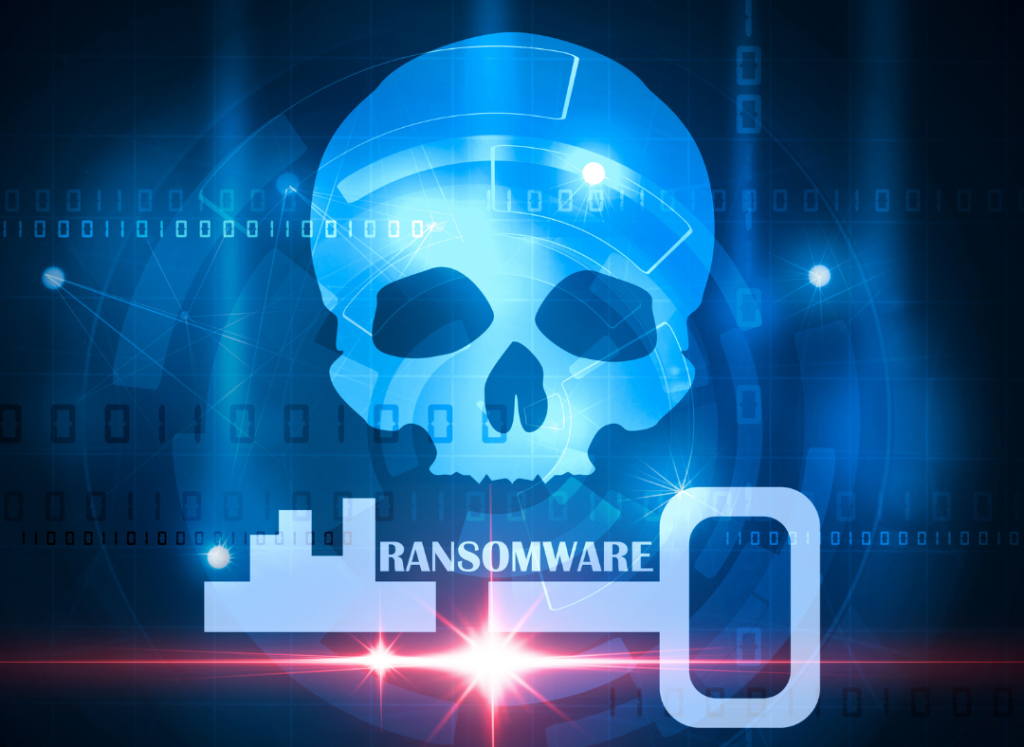Ransomware attacks have become one of the biggest cybersecurity threats to businesses worldwide. In recent years, cybercriminals have shifted their focus from individuals to corporations, governments, and even hospitals, holding critical data hostage in exchange for hefty ransoms. This growing threat has led to financial losses, operational disruptions, and severe reputational damage for affected organizations.
In this blog, we’ll explore how ransomware works, real-world attack examples, and essential strategies businesses can implement to prevent and mitigate ransomware attacks.
What is Ransomware?
Ransomware is a type of malware (malicious software) that encrypts a victim’s files, rendering them inaccessible until a ransom is paid. Cybercriminals typically demand payment in cryptocurrencies like Bitcoin to maintain anonymity.
There are two main types of ransomware:
Locker Ransomware – Locks users out of their devices or systems entirely.
Crypto Ransomware – Encrypts files and demands payment for the decryption key.
How Ransomware Infections Occur
Ransomware can enter a system through various means, including:
Phishing Emails – Fraudulent emails trick users into clicking on malicious links or downloading infected attachments.
Malicious Websites – Visiting compromised or fake websites can lead to automatic ransomware downloads.
Software Vulnerabilities – Unpatched security flaws in operating systems or software provide entry points for attackers.
Compromised Remote Desktop Protocol (RDP) – Hackers exploit weak or reused passwords to gain access to company networks.
Real-World Examples of Ransomware Attacks
Several high-profile ransomware attacks have made headlines, including:
WannaCry (2017): This attack affected over 200,000 computers across 150 countries, including hospitals, banks, and government institutions.
Colonial Pipeline (2021): A ransomware attack on the U.S. fuel pipeline led to widespread fuel shortages and a $4.4 million ransom payment.
JBS Meat Processing (2021): A cyberattack forced the world’s largest meat processor to shut down operations, leading to supply chain disruptions.
How to Protect Your Business from Ransomware
1. Implement Strong Email Security
Since phishing emails are a common attack vector, businesses should:
Use email filtering to detect and block suspicious messages.
Train employees on how to identify phishing attempts.
Enable multi-factor authentication (MFA) for email accounts.
2. Keep Software & Systems Updated
Regularly updating your operating system, software, and antivirus programs helps patch vulnerabilities that ransomware exploits.
3. Use Advanced Endpoint Protection
Next-generation antivirus and endpoint detection response (EDR) solutions use AI-driven analysis to detect ransomware before it executes.
4. Backup Your Data Regularly
Having a secure, offline backup of important files ensures that businesses can restore data without paying the ransom. Use the 3-2-1 backup strategy:
3 copies of data
2 different storage types (e.g., cloud and external hard drive)
1 offline backup
5. Restrict Network Access & Implement Zero Trust Security
Limiting user access to only the necessary files and systems can prevent malware from spreading across the network.
6. Have an Incident Response Plan
A well-defined ransomware response strategy helps businesses respond quickly, minimize damage, and recover operations.
Conclusion
Ransomware is a growing cyber threat that businesses must proactively guard against. By implementing strong security measures, training employees, and maintaining secure backups, organizations can significantly reduce their risk of falling victim to ransomware attacks.

